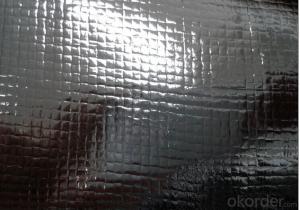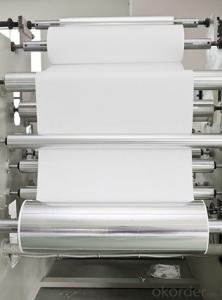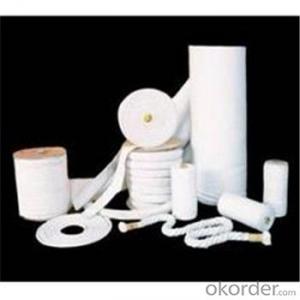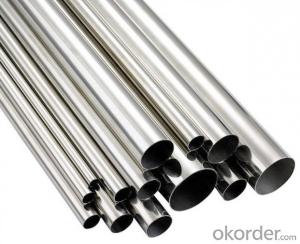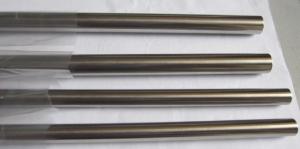Stainless Steel Heat Capacity
Stainless Steel Heat Capacity Related Searches
Best Paint For Stainless Steel Paint For Galvanized Steel Steel Frames For Furniture Self Tapping Screws For Steel Surface Grinding Wheels For Hardened Steel Hole Saw For Stainless Steel Paint For Stainless Steel Stainless Steel For Bbq Step Bit For Stainless Steel Sponge For Stainless SteelHot Searches
Steel Mesh Panels For Sale Price For Stainless Steel Scrap Scrap Price For Stainless Steel Price For Stainless Steel Stainless Steel Tank For Sale Stainless Steel Sheets For Sale Cheap High Tea Sets For Sale Stainless Steel Tanks For Sale Stainless Steel For Sale High Density Fiberboard For Sale Solar Hot Water Collectors For Sale Scaffolding For Sale In Uae Scaffolding For Sale In Ireland Scaffolding For Sale In Houston Type Of Inverter For Solar Price Of Shipping Containers For Sale Types Of Inverter For Solar Stock Price For Aluminum Used Solar Inverter For Sale Cheap High Tea Sets For SaleStainless Steel Heat Capacity Supplier & Manufacturer from China
Okorder.com is a professional Stainless Steel Heat Capacity supplier & manufacturer, offers integrated one-stop services including real-time quoting and online cargo tracking. We are funded by CNBM Group, a Fortune 500 enterprise and the largest Stainless Steel Heat Capacity firm in China.Hot Products
FAQ
- Both 304 and 316 stainless steel pipes are widely used in various industries for their exceptional resistance to corrosion and durability. Although they may appear similar, there are significant distinctions between the two grades: 1. Composition: The main difference lies in their composition. 304 stainless steel pipes contain 18-20% chromium and 8-10.5% nickel, whereas 316 stainless steel pipes contain 16-18% chromium, 10-14% nickel, and 2-3% molybdenum. The additional molybdenum in 316 stainless steel enhances its resistance to corrosion, particularly against aggressive chemicals like chlorides. 2. Corrosion resistance: In terms of corrosion resistance, 316 stainless steel pipes surpass 304 stainless steel pipes, especially in environments with high chloride exposure, such as coastal areas or industrial settings with corrosive chemicals. The molybdenum content in 316 stainless steel offers enhanced protection against pitting and crevice corrosion. 3. Temperature resistance: Both grades of stainless steel pipes exhibit good resistance to high and low temperatures, but 316 stainless steel pipes perform better under extreme temperature conditions. They can withstand higher temperatures and retain their strength better compared to 304 stainless steel pipes. 4. Applications: Due to its superior resistance to corrosion, 316 stainless steel pipes are commonly used in industries such as marine, chemical processing, pharmaceuticals, and food processing. On the other hand, 304 stainless steel pipes find applications in various industries, including automotive, construction, and appliances. 5. Cost: Generally, 304 stainless steel pipes are more affordable than 316 stainless steel pipes due to differences in composition and availability. However, the cost-effectiveness of each grade should be determined based on the specific application and required corrosion resistance. In conclusion, while both 304 and 316 stainless steel pipes offer excellent corrosion resistance and durability, the addition of molybdenum in 316 stainless steel provides superior resistance to chloride corrosion. The choice between the two grades depends on the specific application, budget, and level of corrosion resistance required.
- What wire is used for welding of 316 stainless steel line?
- Quality inspection of welding groove preparation, according to requirements of groove size, accuracy and surface quality stipulated in construction instruction and welding process instruction, groove quality including flatness, perpendicularity and cleanness.1, check the groove processing size (height, angle, edge and blunt edge, etc.) and accuracy isDoes it meet the relevant technical standards?.2, check the groove surface roughness and surface defects (cutting gap, crack,Layer and slag) if beyond the scope of the standard should be allowed to defect, repair treatment, such as surface roughness does not reach the standard, can use abrasive grinding.3. Check the surface cleaning quality of the groove. At least 200mm of the groove face and its sidesShould be clean within the scope, without burr, slag, rust, oil, film and paint and other harmful foreign bodies.4 、 nondestructive inspection of groove surface. For welding process documentation, specify the slopeMaterials such as CY-M steel, Fe-CY-N, high temperature steel and alloy steel shall be examined on the surface for nondestructive testing (such as coloring, etc.), and the defects such as cracks shall be removed.
- Yes, stainless steel pipes can be used for brewery applications. Stainless steel is the preferred material for many breweries due to its excellent corrosion resistance, durability, and hygienic properties. Stainless steel pipes do not react with the ingredients in beer, ensuring the purity and taste of the final product. They are also easy to clean and maintain, reducing the risk of contamination. Additionally, stainless steel pipes can withstand high temperatures and pressures, making them suitable for various brewery processes such as brewing, fermentation, and storage. Overall, stainless steel pipes are a reliable and long-lasting choice for brewery applications.
- Indeed, chemical refineries can utilize stainless steel pipes. Stainless steel possesses exceptional resistance to corrosion, rendering it an appropriate option for the management of diverse chemicals and corrosive substances prevalent in refineries. It provides exceptional strength, durability, and high temperature resistance, making it an ideal choice for the arduous conditions and demanding settings within chemical refineries. Moreover, stainless steel pipes are effortless to clean and maintain, a critical aspect in industries where cleanliness is of utmost importance to prevent contamination or compromise product quality. In summary, stainless steel pipes are extensively employed in chemical refineries due to their corrosion resistance, strength, and long lifespan.
- The main difference between 304L and 316L stainless steel pipes is their composition. 304L stainless steel contains 18-20% chromium and 8-12% nickel, while 316L stainless steel contains 16-18% chromium, 10-14% nickel, and 2-3% molybdenum. This higher molybdenum content in 316L makes it more resistant to corrosion and pitting than 304L. Additionally, 316L stainless steel has higher tensile and yield strength, making it suitable for applications in harsher environments such as marine and chemical industries.
- How about stainless steel 2520 and 316?
- 316 stainless steel by adding Mo element, the corrosion resistance, and high temperature strength has greatly improved, high temperature can reach 1200-1300 degrees, can be used in severe conditions. Uses: marine equipment, chemicals, dyes, paper, oxalic acid, fertilizer and other production equipment; photography, food industry, coastal facilities, ropes, CD poles, bolts, nuts.
- Mirror stainless steel tube 60*60 how much is one meter?
- Single weight multiplied by unit price.Weight calculation formula of single round stainless steel tube: (outside diameter actual thickness) * actual thickness *0.02491* length,
- Yes, stainless steel pipes can be used for architectural sculptures. Stainless steel is known for its durability, resistance to corrosion, and ability to withstand various weather conditions, making it a suitable material for outdoor sculptures. Its sleek and modern appearance also adds an aesthetic appeal to architectural designs.

